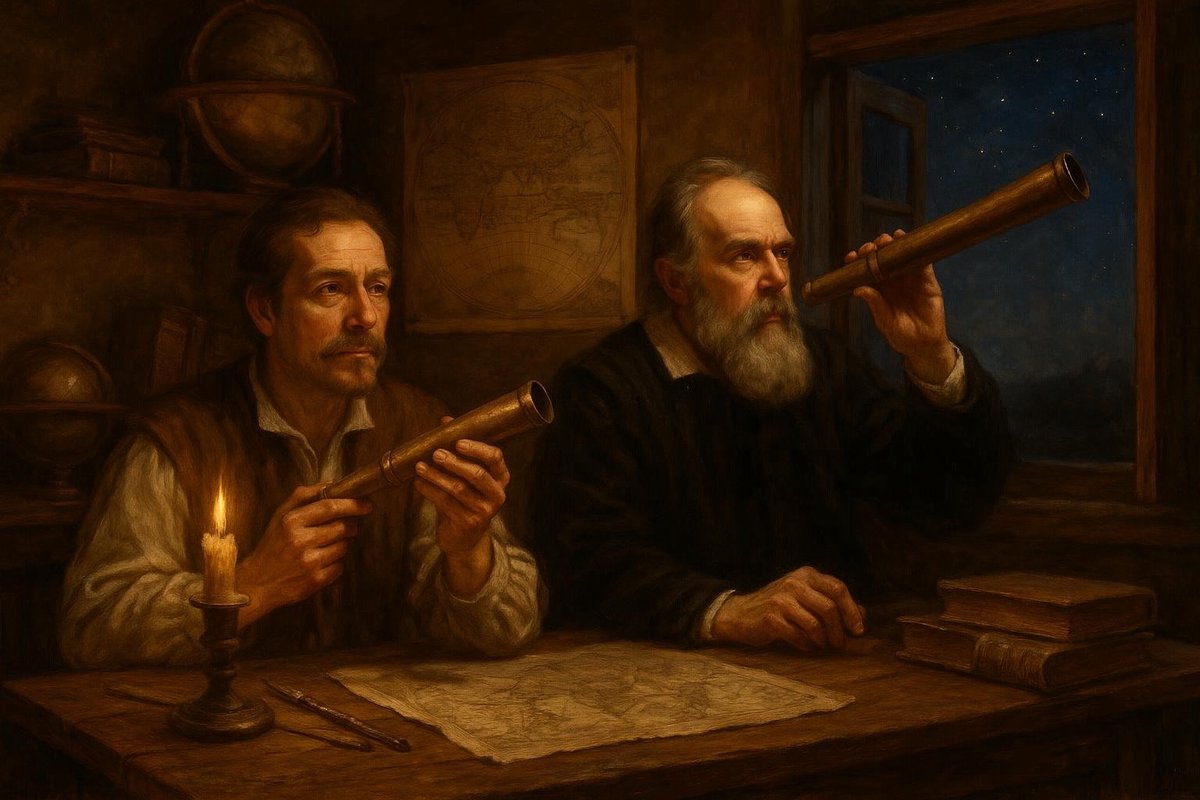
Unpacking the Question: How Did the Telescope Come to Be?
How did a simple tube with lenses transform our understanding of the universe? It seems straightforward, but the story behind the telescope’s invention is anything but simple. Before looking at the stars, earlier scientists were busy peering at earthly phenomena with rudimentary optical devices. The telescope, a tool to unlock the heavens, was born from the curiosity of the human mind and a bit of luck.
- Interestingly, the earliest lenses were used merely for spectacles.
- Hans Lippershey, a Dutch spectacle maker, is credited with its official invention in 1608.
- Yet, Galileo Galilei was the one who turned it skyward for astronomical purposes in 1609.
It’s a story of incremental innovation, with each step building on the past. Imagine the thrill of seeing craters on the moon for the first time or discovering Jupiter’s moons. These were not just scientific curiosities; they challenged the Church’s geocentric view, sparking debates that would reverberate through time.
Surprising Facts: Lippershey, Galileo, and the Race to the Stars
The tale of the telescope is full of twists and turns. Hans Lippershey’s attempt to patent his invention in 1608 is often seen as the starting point, but what about the others?
- Jacob Metius and Sacharias Janssen also claimed to have invented the telescope around the same time.
- Galileo, hearing of the device, quickly made his own version and improved it.
- The Italian scientist then made celestial discoveries that were unthinkable before.
Galileo’s use of the telescope to view the night sky was revolutionary. His findings, such as the moons of Jupiter and the phases of Venus, provided evidence against the prevailing Ptolemaic system. This was more than a scientific discovery; it was a cultural and spiritual upheaval. As Galileo famously said, “All truths are easy to understand once they are discovered; the point is to discover them.”
What Science Says: The Mechanical and Intellectual Leap
The telescope was not merely an extension of the eye; it was an extension of the mind. This invention required understanding optics and light.
- Galileo’s telescope had a convex objective lens and a concave eyepiece.
- This configuration, although primitive, magnified objects up to 30 times.
- Kepler later improved on this design, using two convex lenses.
These steps were more than technical advancements; they represented a shift in thinking. The telescope extended our senses, allowing us to question our place in the cosmos. It is no wonder that this humble instrument became a symbol of exploration and discovery, reflecting the broader themes of the Renaissance.
What It Means for Us: The Telescope’s Enduring Legacy
The telescope’s impact extends far beyond the scientific community. It sparked a cultural and intellectual revolution, changing how we perceive our universe and ourselves.
- It challenged the idea that Earth was the center of the universe.
- It inspired future generations to look beyond the visible.
- It set the stage for modern astronomy and space exploration.
From the Hubble Space Telescope to the James Webb Space Telescope, the legacy of this invention continues to inspire. The telescope teaches us that discovery is not the end but the beginning of new questions and possibilities. As Carl Sagan once pondered, “Somewhere, something incredible is waiting to be known.”
Are we not all driven by this same curiosity, this desire to uncover the unknown?
Fuel Someone Else’s Curiosity
Share this story with someone who loves the stars. The journey of the telescope tells us that exploration is deeply human. Who knows what new inventions and ideas we might inspire together? Encourage a friend to look up and wonder. After all, it’s curiosity that drives progress.

Leave a Reply